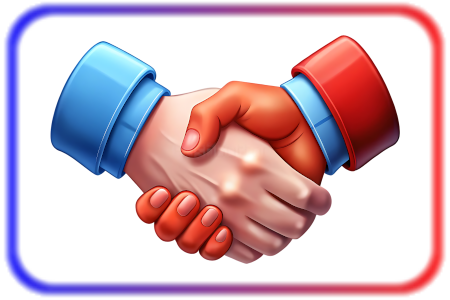vu cs302 Mid Term Subjective Solved Past Paper No.3
vu cs302 Digital Logic Design Solved Past Papers

This subjective solved past paper is related to book/course code vu cs302 Digital Logic Design which belongs to vu organization. We have 5 past papers available related to the book/course Digital Logic Design. This past paper has a total of 10 subjective questions belongs to topic Mid Term to get prepared. NVAEducation wants its users to help them learn in an easy way. For that purpose, you are free to get prepared for exams by learning subjective questions online on NVAEducatio.
NVAEducation also facilitates users to download these solved past papers with an affordable prices. However, users are not enforced to pay for money, rather they can use credits to buy such stuff on NVAEducation. Users can earn credits for doing some little tasks and then you will be able to use that credits to buy solved past papers on NVAEducation.
Design of the information flow
It is a major step in the conceptual design. Following aspects should be covered
- o Flow of data & information and transformation points
- o The frequency and timing of flows
- o The extent of formality in these flows - input forms, report formats.
System Design
System design includes the desired features and operations in detail, including screen layouts, business rules, process diagrams other documentation. It involves converting the informational, functional, and network requirements identified during the initiation and planning phases into unified design specifications.
Step includes in system design are given below
- Formulation of strategic requirements
- Organizational & job design
- Elicitation of detailed requirements
- Design of the information flow
- Design of database
- Design of user interface
- Physical design
- Design of hardware & software platform
System design can be explained and presented in narrative form. But the benefits of diagrammatic view cannot be understated. This helps to give a snapshot of what the entire system los like. Various Diagrammatic tools can be used while designing the system. It can be explained and presented in narrative form.
As an example consider the following DFD which indicates a simple process of recording transactions and posting into general ledger
This is the most problematic category of all.
Some Definitions of Tertiary Sources:
- Works which list primary and secondary resources in a specific subject area
- Materials in which the information from secondary sources has been "digested" - reformatted and condensed, to put it into a convenient, easy-to-read form.
- Sources which are once removed in time from secondary sources
Some examples of tertiary sources:
- Almanacs and fact bos
- Bibliographies (may also be secondary)
- Chronologies
- Dictionaries and encyclopedias (may also be secondary)
- Directories
- Guidebos, manuals etc
- Handbos and data compilations (may also be secondary)
- Indexing and abstracting tools used to locate primary & secondary sources (may also be secondary)
- Textbos (may also be secondary)
Office Automation Systems
Office automation system includes formal and informal electronic systems primarily concerned with the communication of information to and from persons both inside and outside the firm. It supports data workers in an organization.
For Instance
- o Word processing
- o Desktop publishing
- o Imaging & Web publishing
- o Electronic calendars - manager's appt. calendars
- o Email
- o Audio & video conferencing - establishing communication between geographically dispersed persons.



